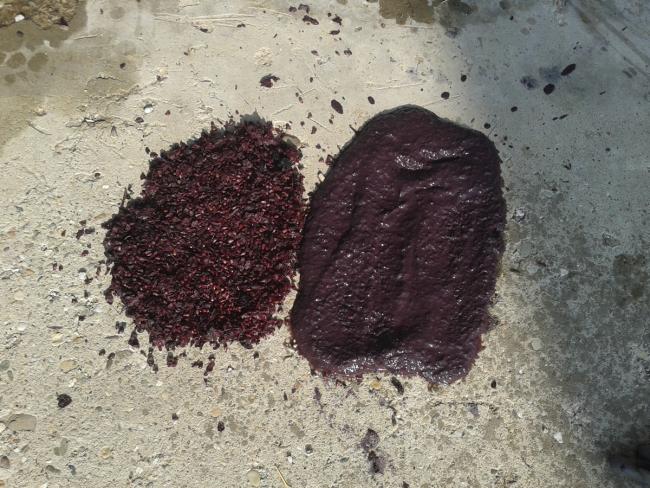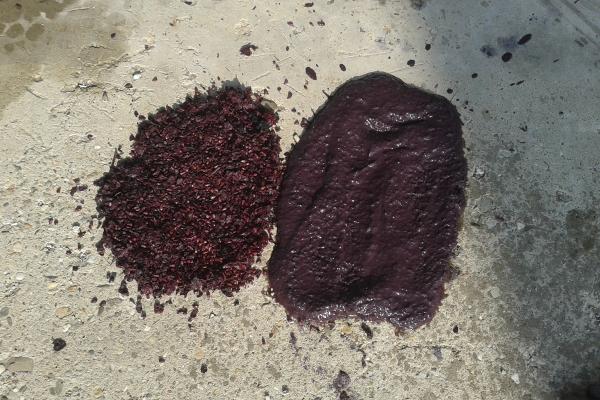Cavitation of grape pomace for enhancement for energy purposes

The Operational Group (OG) wants to enhance the grape pomace for energy purposes and, in particular, test the hydrodynamic cavitation pretreatment to increase the potential methanogenic of the grape pomace, with laboratory testing, and operational checks on a farm, OG partner, equipped with a biogas plant with cavitation.
The cavitation pretreatment acts on the fibrous component of the pomace, increasing the surface attacked by anaerobic bacteria. The laboratory tests will evaluate the efficiency of this pretreatment. The experimental work will be conducted with a multi-level approach: characterization of individual biomass before and after cavitation (Action 1) and the assessment during an anaerobic digestion tests continuously (Action 2). Finally all the problems related to the management of the grape pomace, such as logistics, storage and feeding to the digester in full scale will be analyzed (Action 3).
The Emilia Romagna Region produces about 6.3 million hectoliters of wine (ISTAT 2014), generating a good availability of by-products (pomace, stalks, seeds). The wine industry byproducts, are already partly started to energy recovery from anaerobic digestion, but given the presence of fibrous matrices, their potential is exploited only partially. The Operational Group (OG) wants to promote the grape pomace for energy purposes and, in particular, test the cavitation pretreatment to increase the methanogenic potential of the grape pomace, with laboratory testing, and operational checks on a farm, a OG partner, with biogas plant. The OG wants to develop links between the wine cellars that produce by-products and farms with biogas plants.
The OG will try to understand the current use and/or destination of such byproducts/residues and evaluate which and how many by-products may advantageously be sent to the production of biogas in the many biogas agricoltural plants present in Emilia-Romagna Region.
| Titolo/Descrizione | Url | Tipologia |
|---|---|---|
|
Sito web del progetto
|
Sito web
|
|
|
In una newsletter le nuove attività del GOI
|
Materiali utili
|
|
|
Prova di cavitazione controllata delle vinacce
|
Materiali utili
|
|
|
Un articolo su Cavin su Pianeta Psr
|
Materiali utili
|
|
|
Intervista con gli attori del progetto
|
Materiali utili
|
|
|
Su Tecnologie Alimentari un articolo su biometano e cavitazione
|
Materiali utili
|
|
|
La cavitazione delle vinacce funziona
|
Sito web
|
|
|
In un opuscolo i risultati di Cavin
|
Materiali utili
|
|
|
In una newsletter i risultati del GOI CaVin
|
Materiali utili
|
|
|
Terra e Vita parla del progetto Cavin
|
Materiali utili
|
